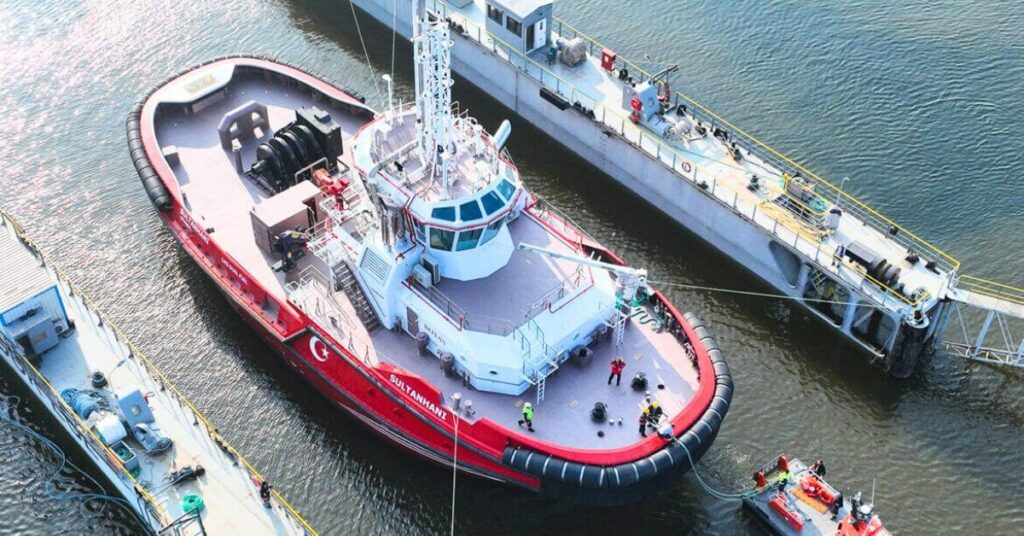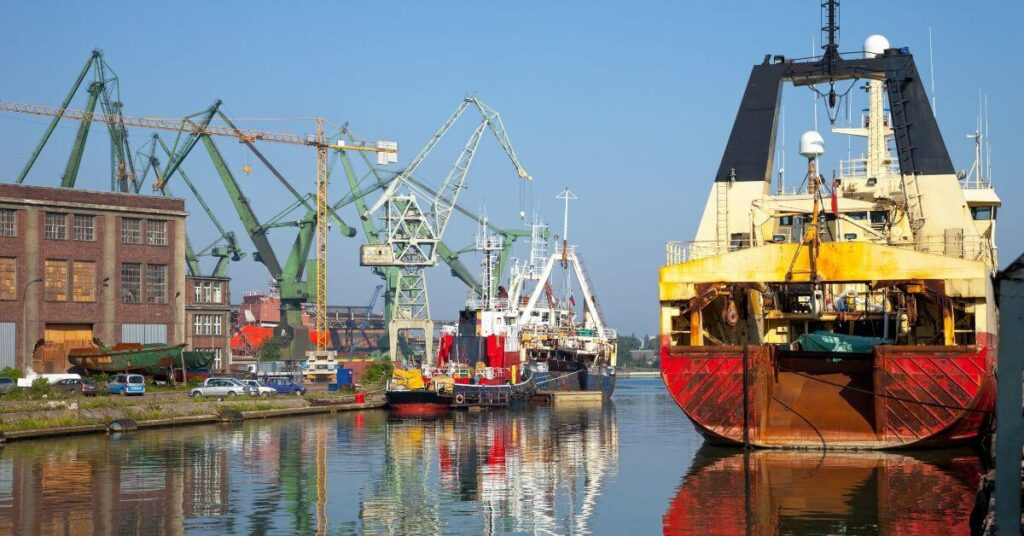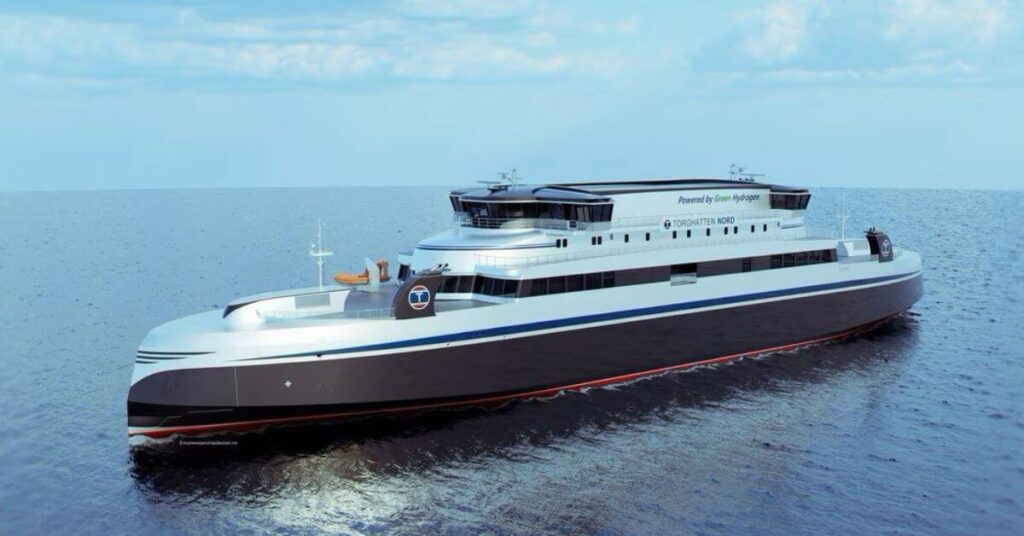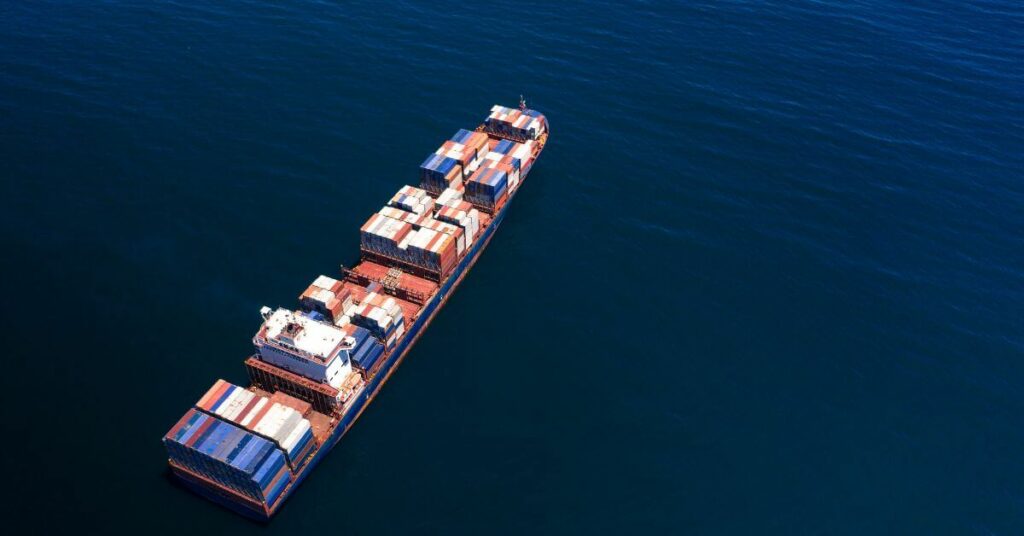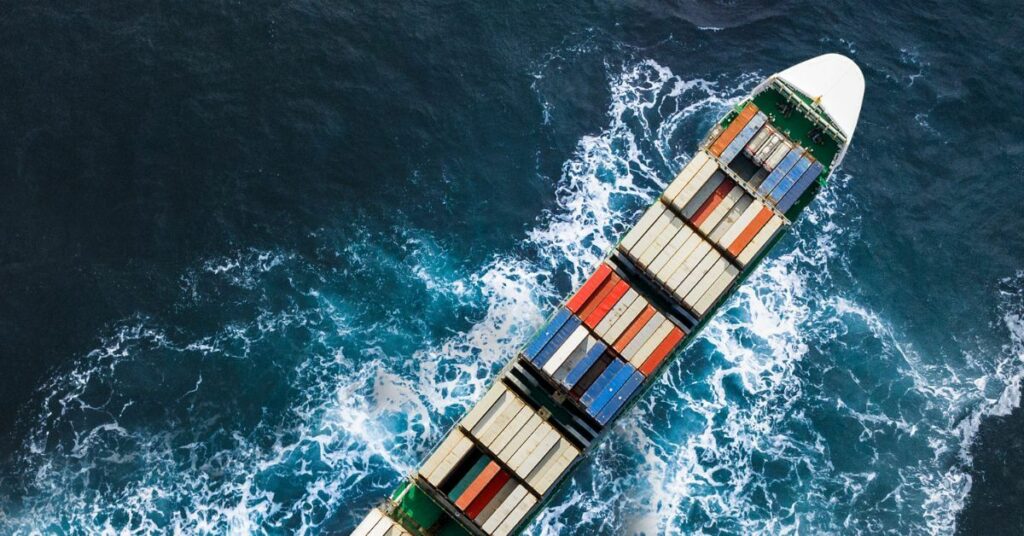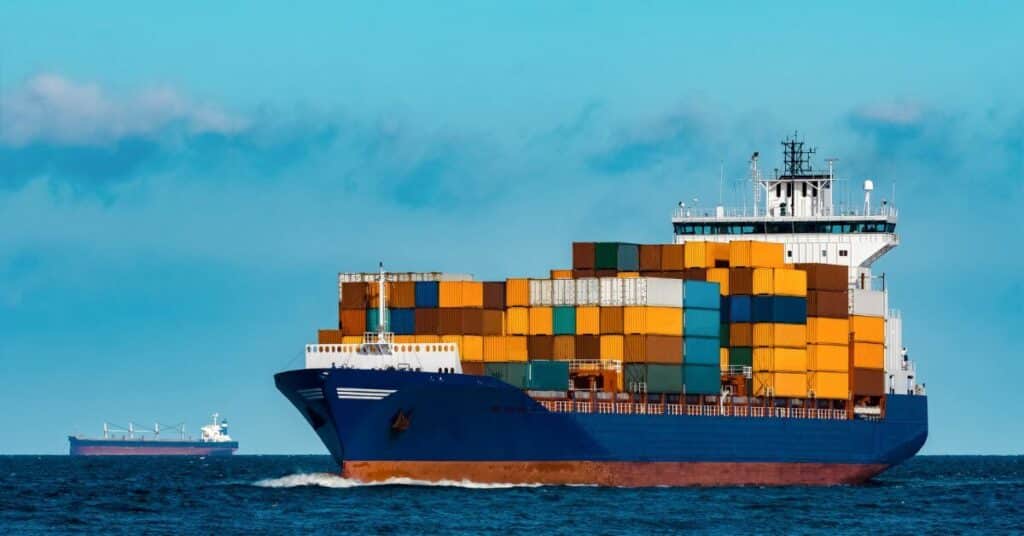Trade War Threatens Outlook For Global Shipping, Warns New UN Report
Seaborne trade expanded by a healthy 4% in 2017, the fastest growth in five years, while UNCTAD forecasts similar growth this year, according to its Review of Maritime Transport 2018. Volumes across all segments are set to grow in 2018, with containerized and dry bulk commodities expected to record the fastest growth at the expense of tanker volumes.
The 2018 edition of the UNCTAD Review of Maritime Transport, marking its 50th year of publication, was launched at the Global Maritime Forum’s Annual Summit taking place in Hong Kong on 3–4 October 2018.
“While the prospects for seaborne trade are positive, these are threatened by the outbreak of trade wars and increased inward-looking policies,” UNCTAD Secretary-General Mukhisa Kituyi said. “Escalating protectionism and tit-for-tat tariff battles will potentially disrupt the global trading system which underpins demand for maritime transport.”
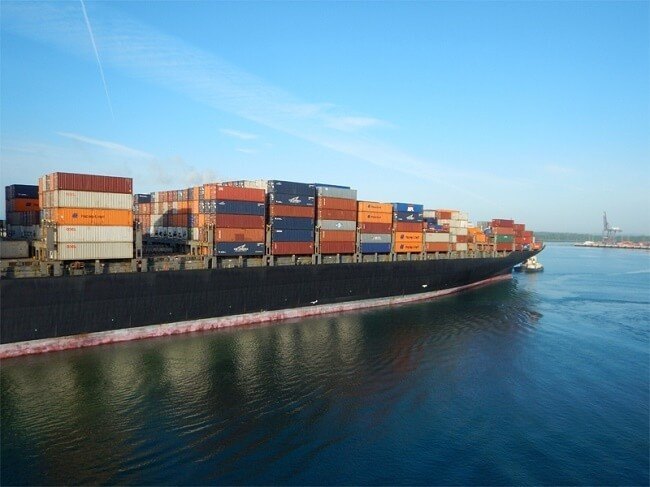
The warning comes against a background of an improved balance between demand and supply that has lifted shipping rates to boost earnings and profits. Freight-rate levels improved significantly in 2017 (except in the tanker market), supported by stronger global demand, more manageable fleet capacity growth and overall healthier market conditions.
Supply-demand improvements, namely in the container and dry bulk shipping segments, are expected to continue in 2018. Freight rates may benefit accordingly, although supply-side capacity management and deployment remain key. UNCTAD projects an average annual growth rate in total volumes of 3.8% up to 2023.
On the supply side, after five years of decelerating growth, 2017 saw a small pick-up in world fleet expansion. During the year, a total of 42 million gross tons were added to global tonnage, equivalent to a modest 3.3% growth rate.
Looking at the shipping value chain, Germany remained the largest containership-owning country with a market share of 20% at the beginning of 2018, although it lost some ground in 2017. In contrast, owners from Greece, China and Canada expanded their containership-owning market shares.
Meanwhile, in 2018, the Marshall Islands emerged as the second largest registry, after Panama and ahead of Liberia. More than 90% of shipbuilding activity in 2017 occurred in China, the Republic of Korea, and Japan, while 79% of ship demolitions took place in South Asia, notably India, Bangladesh and Pakistan.
Key drivers of change
Liner shipping consolidation, technological advances, and climate change policy are key drivers of change in global shipping, the report says.
Consolidation activity in liner shipping continued unabated: the liner shipping industry witnessed further consolidation through mergers and acquisitions and global alliance restructuring.
As of January 2018, the Top 15 shipping lines accounted for 70.3% of all capacity. Their share has increased further with the completion of the operational integration of the new mergers in 2018, with the Top 10 shipping lines controlling almost 70% of fleet capacity as of June 2018.
Three global liner shipping alliances dominate capacity deployed on the three major East-West container routes, collectively accounting for 93% of deployed capacity. Alliance members continue to compete on price while operational efficiency and capacity utilization gains are helping to maintain low freight-rate levels. By joining forces and forming alliances, carriers have strengthened their bargaining power vis-à-vis the seaports when negotiating port calls and terminal operations.
Growing consolidation can reinforce market power, potentially leading to decreased supply and service quality, and higher prices. Some of these negative outcomes may already be in effect. For example, in 2017–2018, the number of operators decreased in several small island developing States and structurally weak developing countries.
“There is a need to assess the implications of mergers and alliances and of vertical integration within the industry, and to address any potential negative effects. This will require the commitment of all relevant parties, notably national competition authorities, container lines, shippers and ports,” Shamika N. Sirimanne, Director of UNCTAD’s Division on Technology and Logistics, said.
Port traffic volumes picked up speed: global port activity and cargo handling expanded rapidly in 2017, following two years of weak performance. UNCTAD estimates that 752 million twenty-foot equivalent units were moved at container ports worldwide in 2017. The outlook for global port handling activity remains positive supported by projected economic growth and port infrastructure development plans.
Port operations, performance and bargaining power continued to be defined by mega-ship deployment and alliance restructuring: Liner shipping alliances and vessel upsizing have made the relationship between container shipping lines and ports more complex and triggered new dynamics where shipping lines have a stronger bargaining power and influence.
Increases in the size of vessels and the rise of mega-alliances have heightened the requirements for ports to adapt. While liner shipping networks seem to have benefited from efficiency gains arising from consolidation and alliance restructuring, for ports, the benefits did not evolve at the same pace. This dynamic is further complicated by the shipping lines often being involved in port operations which in turn could redefine approaches to terminal concessions.
The report says that global ports and terminals need to track and measure performance as port performance metrics enable sound strategic port planning, investment and decision-making.
Technological advances in the shipping industry, such as blockchain applications, cargo and vessel tracking, autonomous ships, and the Internet of Things, hold opportunities for the global shipping industry. However, there is still uncertainty within the maritime transport industry regarding possible safety, security and cybersecurity incidents, as well as concern about negative effects on the jobs of seafarers, most of whom come from developing countries.
The climate change agenda remains a priority. The shipping industry must reduce greenhouse gas emissions, the report says, welcoming among international efforts the April 2018 adoption by the International Maritime Organization (IMO) of an initial strategy aimed at reducing by at least half the total annual emissions from ships by 2050 compared to 2008.
The IMO strategy identifies potential short-, mid- and long-term further measures with possible timelines, and their impacts on States, highlighting the need to pay attention to the needs of developing countries, especially small island developing States and least developed countries.
Depending on the outcome of negotiations and the specific design of any future instrument, it will be important to assess the related potential implications for carriers, shippers, operating and transport costs as well as the cost of trade. It will also be important to assess the benefits associated with these measures, including market-based instruments in shipping and how these could be directed to address the maritime transport and logistics challenges facing developing countries, the report says.
Reference: unctad.org
Disclaimer :
The information contained in this website is for general information purposes only. While we endeavour to keep the information up to date and correct, we make no representations or warranties of any kind, express or implied, about the completeness, accuracy, reliability, suitability or availability with respect to the website or the information, products, services, or related graphics contained on the website for any purpose. Any reliance you place on such information is therefore strictly at your own risk.
In no event will we be liable for any loss or damage including without limitation, indirect or consequential loss or damage, or any loss or damage whatsoever arising from loss of data or profits arising out of, or in connection with, the use of this website.
Disclaimer :
The information contained in this website is for general information purposes only. While we endeavour to keep the information up to date and correct, we make no representations or warranties of any kind, express or implied, about the completeness, accuracy, reliability, suitability or availability with respect to the website or the information, products, services, or related graphics contained on the website for any purpose. Any reliance you place on such information is therefore strictly at your own risk.
Do you have info to share with us ? Suggest a correction
About Author
Marine Insight News Network is a premier source for up-to-date, comprehensive, and insightful coverage of the maritime industry. Dedicated to offering the latest news, trends, and analyses in shipping, marine technology, regulations, and global maritime affairs, Marine Insight News Network prides itself on delivering accurate, engaging, and relevant information.

About Author
Marine Insight News Network is a premier source for up-to-date, comprehensive, and insightful coverage of the maritime industry. Dedicated to offering the latest news, trends, and analyses in shipping, marine technology, regulations, and global maritime affairs, Marine Insight News Network prides itself on delivering accurate, engaging, and relevant information.
Latest Shipping News Articles You Would Like:
Subscribe To Our Newsletters
By subscribing, you agree to our Privacy Policy and may receive occasional deal communications; you can unsubscribe anytime.




